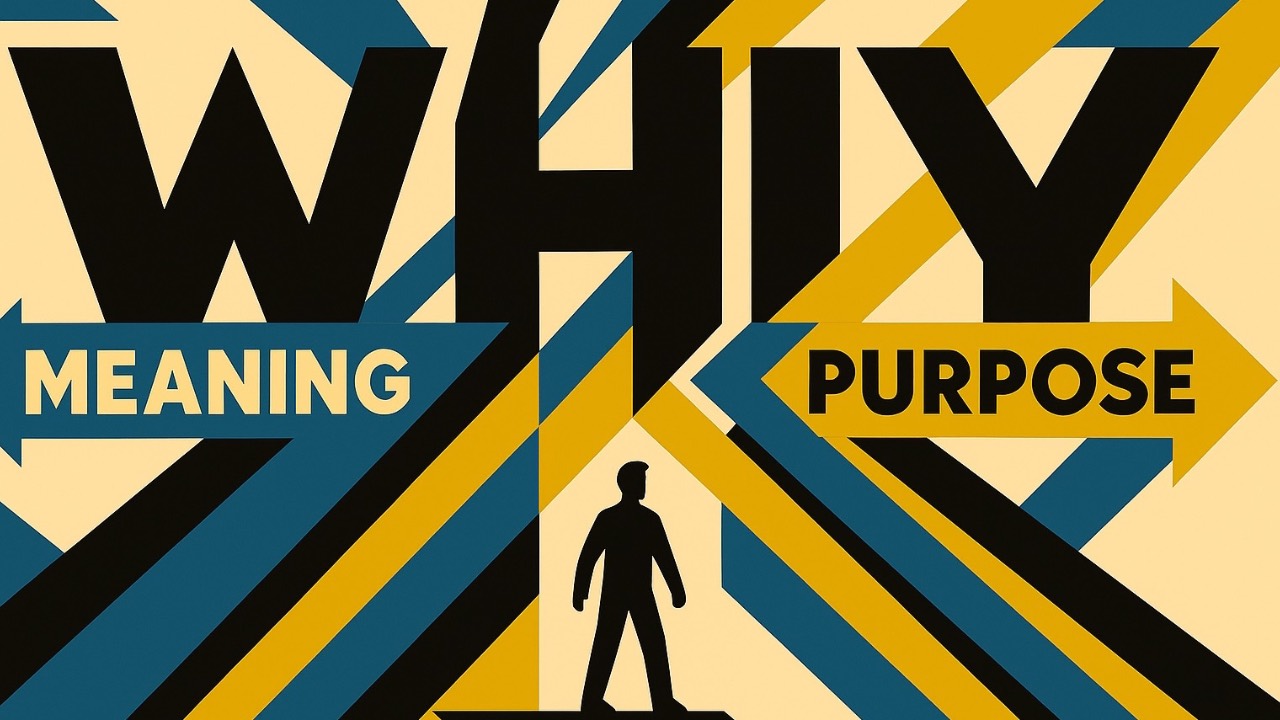 The Happiness Shortcut
The Happiness Shortcut
The past week has been filled with articles promising “simple” routes to happiness. One in particular - a Washington Post piece summarizing a six-year Cornell study - argues that helping others might be the shortest way to increased well-being. The idea is appealing: turn outward, contribute, and the psyche steadies.
Yet the argument also reveals a familiar pattern. We keep mistaking purpose f...
 Easy Wisdom
Easy Wisdom
Why Modern Insight Feels Deep But Avoids Judgment
This essay examines how contemporary culture confuses the appearance of wisdom with the practice of judgment. A short video from philosopher Slavoj Žižek video - in which four contradictory statements all sound equally profound - became the spark for a reflection on how easily insight turns into a stylistic effect rather than a form of unde...
 Purpose, Meaning, and the Cult of "Why".
Purpose, Meaning, and the Cult of "Why".
We’ve been told that if we just “find our why” everything else will fall into place. But clarity isn’t the same as truth, and a slogan can’t carry the weight of a human life.
In my work with leaders and professionals, I see how seductive this formula can be, and how quickly it unravels. Purpose and meaning are not the same thing. Purpose points forward, giving us projects and direction. Mean...
 (almost) Everything is Context
(almost) Everything is Context




Responses